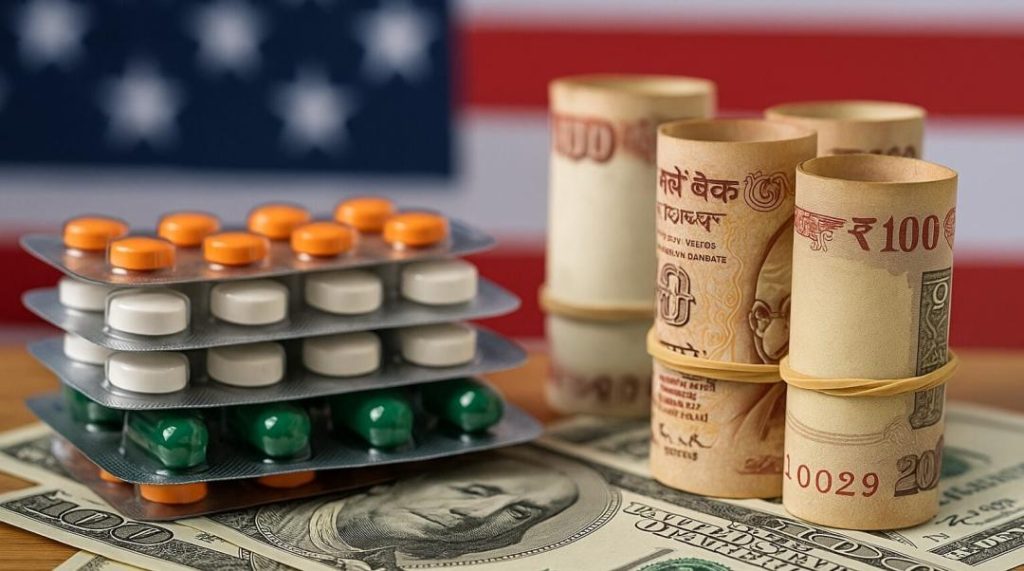
How May Tariffs on Indian Medical Supplies Backfire on the US
The ongoing trade tensions between the United States and India have led to the imposition of tariffs on a range of Indian medical supplies, including surgical instruments, diagnostic equipment, and pharmaceuticals. While the Trump administration has justified these tariffs as a means to protect American industries and jobs, many experts warn that they may ultimately backfire and have a negative impact on the US healthcare system.
One of the key concerns is that the tariffs will drive up the cost of medical supplies, leading to higher healthcare expenses for American patients and taxpayers. According to Suddhir Jain, the founder and CEO of Bionova Group, a leading medical device company, the tariffs have already pushed medical device prices up by as much as 25%. This increase will not only add to the already-strained healthcare budget but also make it more challenging for hospitals and healthcare providers to deliver quality care to patients.
The impact of tariffs on medical supplies is particularly concerning given the already-high costs of healthcare in the United States. The country spends over 17% of its GDP on healthcare, far exceeding the average of other developed economies. The tariffs will only further exacerbate this issue, making it even more challenging for patients to access the medical care they need.
Another concern is that the tariffs will lead to a shortage of medical supplies in the US. Many American hospitals and healthcare providers rely on Indian medical suppliers for a range of essential equipment and instruments. With the tariffs in place, these suppliers may be forced to increase their prices or reduce their production, leading to a shortage of medical supplies. This could have serious consequences, particularly in emergency situations where medical supplies are critical to saving lives.
The tariffs may also have a negative impact on the US medical device industry. Many American medical device companies rely on Indian suppliers for components and raw materials. The tariffs will increase the cost of these inputs, making it more challenging for American companies to compete in the global market. This could lead to a decline in US medical device production, resulting in job losses and a reduced ability to innovate and develop new medical technologies.
Furthermore, the tariffs may also have a broader impact on the US economy. The healthcare industry is a significant contributor to the US GDP, and any increase in healthcare expenses will have a ripple effect throughout the economy. The tariffs may also lead to a decrease in foreign investment in the US medical device industry, as foreign companies may be deterred by the increased costs and complexity associated with doing business in the US.
In light of these concerns, it is essential for the US government to reconsider the tariffs on Indian medical supplies. Instead, the government could work with Indian suppliers to establish a more balanced trade agreement that benefits both countries. This could include measures to increase US exports to India, such as pharmaceuticals and medical devices, in exchange for reduced tariffs on Indian medical supplies.
Additionally, the US medical device industry should take a proactive approach to mitigate the impact of the tariffs. This could include establishing relationships with Indian suppliers, investing in research and development to reduce dependence on foreign components, and advocating for policies that promote free trade and reduce trade barriers.
In conclusion, the tariffs on Indian medical supplies may ultimately backfire on the US, leading to higher healthcare expenses, a shortage of medical supplies, and a negative impact on the US medical device industry. It is essential for the US government and industry stakeholders to work together to find a solution that promotes free trade and reduces the cost of medical supplies for American patients and taxpayers.
Source: https://ascendants.in/founders-corner/us-tariffs-on-indian-medical-supplies/






